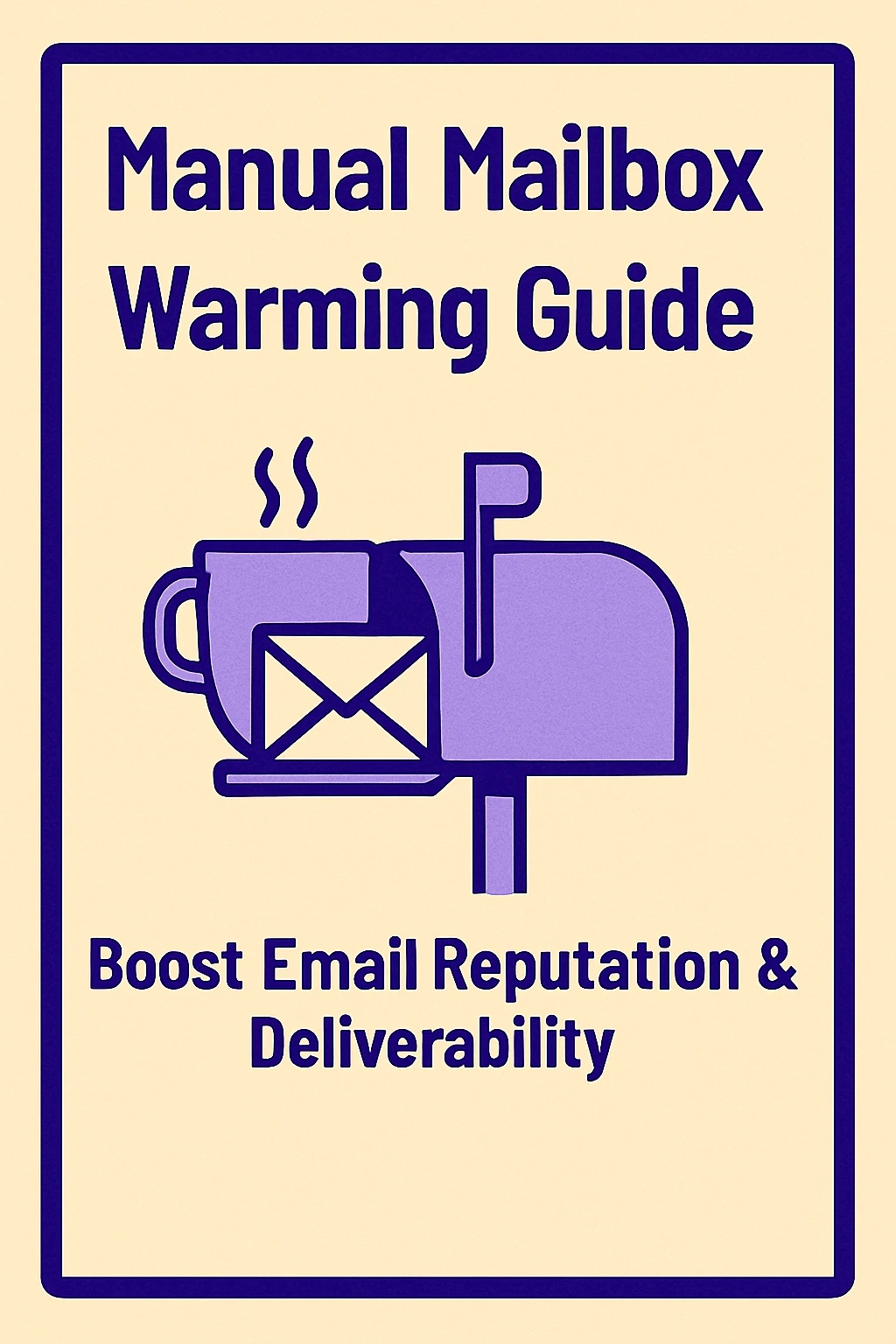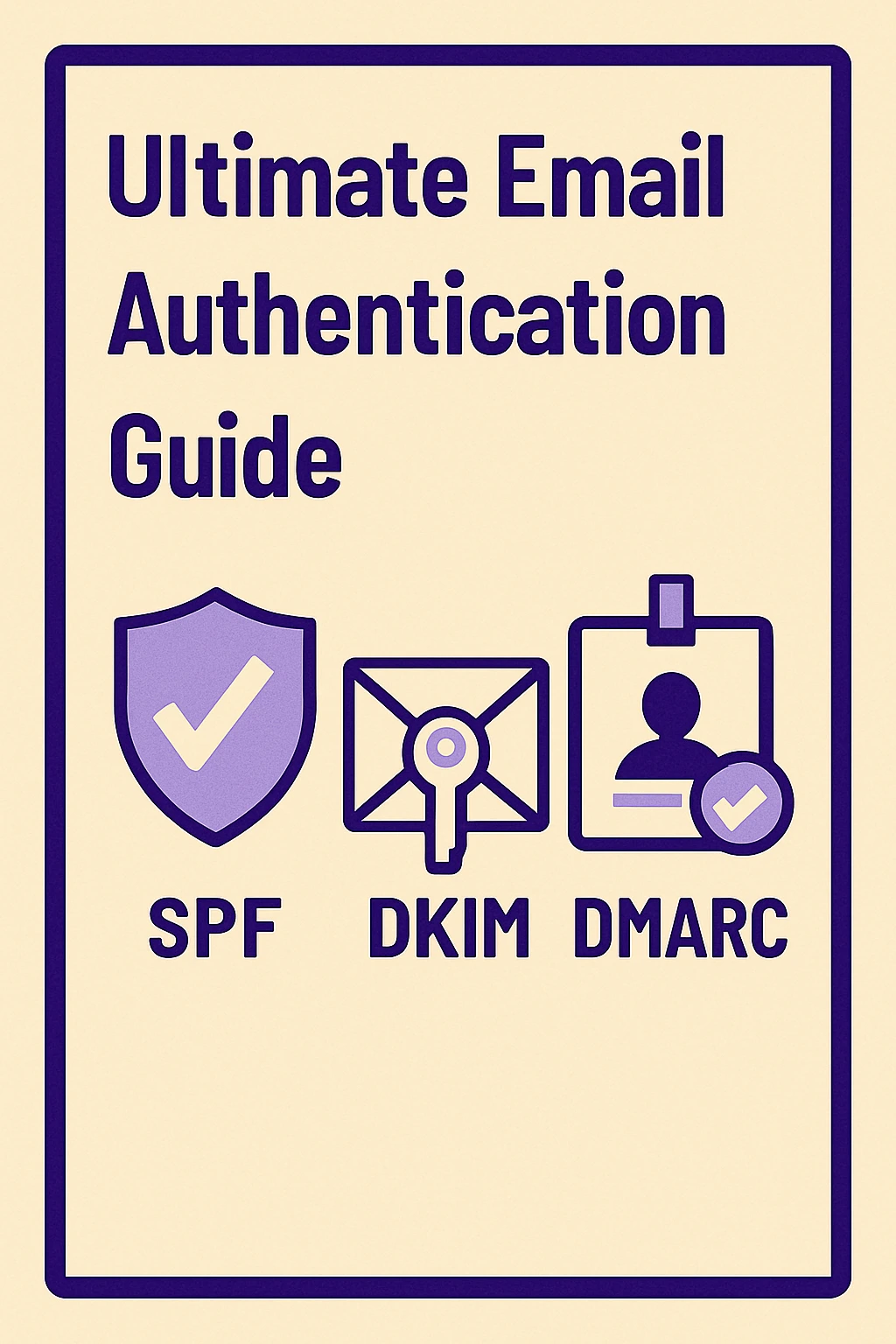Email Warm-Up Tools for Cold Outreach: Power Features 2025
In 2025, sending cold emails is no longer just about writing catchy subject lines or personalized copy—it begins with building trust long before your first outreach. The rise of advanced spam filters, stricter email authentication protocols, and growing concerns over domain reputation have made cold email warm-up tools absolutely essential for anyone doing email outreach at scale. This guide explores why warming up your email accounts is now a non-negotiable step in your cold outreach strategy. We’ll walk you through the most crucial features to look for in today’s tools, highlight the best warm-up solutions available, and offer best practices that can help improve your sender score, inbox placement, and overall campaign success. Whether you're a startup, a B2B marketer, or an outbound sales professional, mastering email warm-up is the key to reaching real people—not spam folders.

Getting your emails noticed in 2025 means more than crafting the perfect subject line. It starts before you even hit "send." With spam filters growing smarter and domain reputation now a make-or-break factor, cold email warm-up tools have become essential.
Whether you're a startup founder, a B2B marketer, or a sales professional trying to land in inboxes, warm-up email software is the quiet powerhouse behind your outreach success. In this guide, we’ll break down the key features that matter, which tools to trust, and how to use them effectively to stay out of the spam folder.
Why Email Warm-Up Is Critical for Cold Outreach Success in 2025

The Rise of Smart Spam Filters
Spam filters now evaluate more than just keywords. In 2025, intelligent algorithms track everything from sending frequency to how people interact with your emails. A lack of warm-up triggers red flags that harm deliverability.
How Poor Warm-Up Affects Your Sender Reputation
Your sender score is like your online reputation. A low one keeps your messages out of inboxes. Warm-up tools help by simulating engagement-like replies and open to boost credibility with filters.
Email Deliverability Trends in 2025
Deliverability isn’t just about sending emails—it’s about sending them right. Email deliverability tools now focus on domain reputation, email health, and engagement tracking for better results. For more insights, check out Mailkarma’s blog on improving inbox placement.
10 Must-Have Features in Cold Email Warm-Up Tools
1. Automated Email Sending & Gradual Volume Increase
Send small batches of emails and gradually increase the volume. This mimics human behavior and protects the sender's reputation.
2. Inbox Placement Monitoring
Know where your emails are landing. Tools with inbox placement tracking show if your messages are in spam, promotions, or the main inbox.
3. Real-Time Blacklist & Spam Score Alerts
Stay alert if your domain or IP ends up on a blacklist. These tools keep your cold outreach tools running safely.
4. Human-Like Email Interactions
Simulate opens, replies, and stars to show email providers that recipients are engaging. This improves trust with spam filters.
5. Smart Scheduling by Time Zones
Send emails when your audience is most likely to engage. This increases interaction and boosts domain reputation.
6. Custom Warm-Up Sequences & IP Rotation
Create personalized sequences and rotate IP addresses to avoid patterns that spam filters detect.
7. Integration with Email Outreach Platforms
The best tools integrate with Instantly, Lemlist, and other cold email automation platforms.
8. Deliverability Dashboards
Track your sender score, spam rates, and other email engagement metrics in a clear dashboard.
9. SPF, DKIM, and DMARC Setup Assistance
Ensure your DNS settings are authenticated correctly. This step improves trust and inbox placement.
10. Compliance with GDPR and CAN-SPAM
Use tools that help you stay compliant with privacy regulations and maintain ethical sending habits.
Best Practices for Using Warm-Up Tools Effectively
Setting Up a Warm-Up Phase Before Any Campaign
Always begin your campaign with a warm-up phase. Give your domain time to build a reputation.
Monitor Metrics Regularly
Watch open rates, spam complaints, and sender scores. Adjust your outreach strategy based on these insights.
Avoid Common Mistakes
Don’t send too many emails too soon. Authenticate your domain and avoid poor engagement triggers.
For detailed steps, check Mailkarma’s guide to email warm-up best practices.
Top Cold Email Warm-Up Tools in 2025
Mailkarma

Mailkarma is a trusted solution for businesses aiming to land in the inbox. With smart monitoring and automation, it ensures your emails stay deliverable.
Features:
- AI-free inbox monitoring and alerts
- Auto-generated warm-up sequences
- Domain reputation management
- Real-time spam score tracking
- Seamless integration with DNS settings
Pros:
- Simple setup process
- Reliable reputation dashboard
- Compatible with multiple platforms
- Great support team
Cons:
- Limited free usage options
Instantly.ai
Instantly.ai helps automate email sending with powerful deliverability features. It’s well-suited for teams needing fast execution.
Features:
- Smart campaign warm-up
- Inbox placement tracking
- Built-in automation workflows
- SPF and DKIM configuration
- Blacklist protection tools
Pros:
- Time-saving setup
- Designed for large-scale outreach
- Clean UI
Cons:
- May require onboarding time for beginners
Mailwarm
Mailwarm is great for warming up new domains with human-like interactions. It automates email engagement to strengthen domain trust.
Features:
- Email warm-up network
- Easy integration
- DNS and domain checkups
- Warm-up email sequence automation
- Sender reputation improvement
Pros:
- Minimal learning curve
- Good for smaller operations
- Effective domain protection
Cons:
- Basic reporting features
- No advanced dashboard analytics
Warmbox
Warmbox mimics real inbox behavior and allows deeper control of warm-up settings. A solid option for experienced senders.
Features:
- Inbox behavior simulation
- Engagement metrics tracking
- Spam testing tools
- SMTP warming process
- Email health insights
Pros:
- Easy to customize
- Visual dashboards
- Good blacklist monitoring
Cons:
- Higher pricing
- May be overkill for light users
Lemwarm (by Lemlist)
Built by Lemlist, Lemwarm offers tailored warm-up tools ideal for sales teams using Lemlist campaigns.
Features:
- Deep integration with Lemlist
- Smart sending and warm-up logic
- Spam flag notifications
- Email reputation management
- Automation workflow setup
Pros:
- Effective if already using Lemlist
- Reliable warm-up paths
- Intuitive dashboard
Cons:
- Less useful as a standalone tool
- Requires Lemlist subscription
Folderly
Folderly is an enterprise-grade platform with detailed insights and strong email protection. Great for advanced users.
Features:
- Reputation tracking
- Email placement analytics
- SPF/DKIM/DMARC validation
- DNS diagnostics
- Blacklist protection and removal
Pros:
- Advanced email diagnostics
- Strong enterprise support
- Rich reporting tools
Cons:
- Price may be high for startups
- More features than needed for small campaigns

.png)



